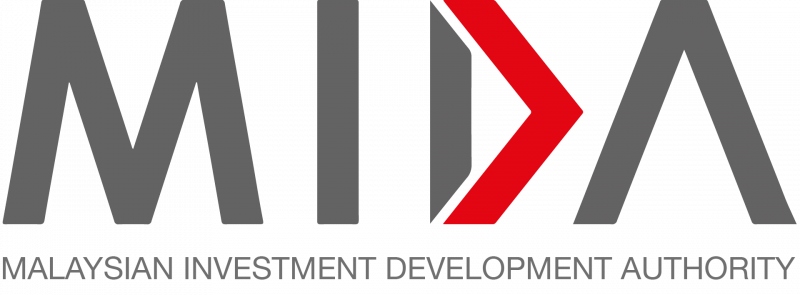Malaysia and Turkiye have acknowledged the Malaysia-Turkiye Free Trade Agreement (MTFTA), which has been in force since 2015.
In a joint statement today, Prime Minister Datuk Seri Anwar Ibrahim and Turkish President Recep Tayyip Erdoğan expressed their satisfaction with the expansion of the MTFTA in 2024 to include trade in services, investment and e-commerce.
Both leaders reaffirmed their commitment to the full operationalisation of the Trade Preferential System among the Member States of the Organisation of Islamic Cooperation (TPS-OIC) and D-8 Preferential Trade Agreement (D-8 PTA) and agreed to cooperate for the enhancement of these agreements.
In recognising the critical role of the private sector in advancing economic ties, Anwar and Erdogan have expressed their full support for greater business-to-business collaboration to expand trade and investment opportunities.
They welcomed the mutual readiness to establish a Joint Business Council between the National Chamber of Commerce and Industry of Malaysia and the Foreign Economic Relations Board (Dış Ekonomik İlişkiler Kurulu) of Turkiye to enhance commercial exchanges and unlock new opportunities for sustainable economic cooperation.
The two leaders expressed their steadfast commitment to advancing partnerships and enhancing economic development cooperation under the Developing Eight Organisation for Economic Cooperation (D-8) and welcomed Azerbaijan’s accession to the D-8.
Erdoğan is on a two-day official visit to Malaysia beginning yesterday at Anwar’s invitation.
During the visit, he held extensive talks with Anwar on deepening bilateral relations, as well as exchanged views on current regional and international issues.
Source: Bernama
Malaysia, Turkiye acknowledge MTFTA, its 2024 expansion
Content Type:
Duration:



